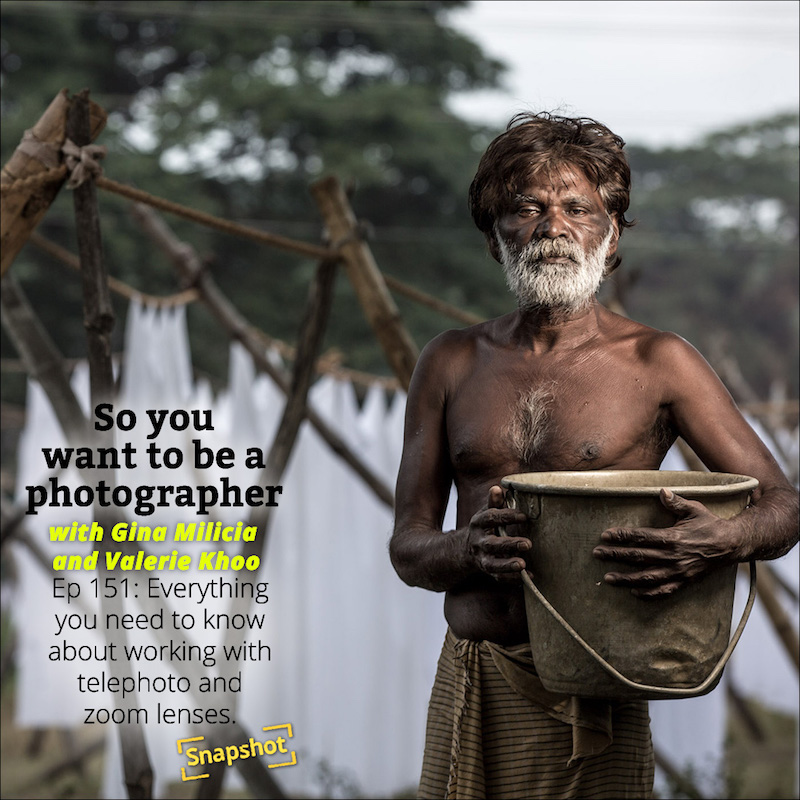
A telephoto or zoom lens is an important addition to any photographer’s toolkit. But are you using your lens in the most effective way? When should you – or shouldn’t you – whip out this big boy (or girl)? It’s not just when you want a tighter shot.
In this episode, Gina and Valerie discuss the ideal way to use your telephoto or zoom lenses, the ideal instances when you should call on their skills and much more.
Gina and Valerie love bringing this podcast to you.
Ask your questions at [email protected]
Hope you enjoy the podcast.
Sign up to the newsletter for great tips and free Lightroom presets.
Join the dynamic Gold Membership in our Community which delivers monthly tutorials, live mastermind and lots of behind the scenes videos into the creative process.
Click play to listen to the podcast or find it on iTunes here. If you don’t use iTunes you can get the feed here, or listen to us on Stitcher radio.
Show notes
I’m a big fan of long lenses and in the last 10 years or so the zoom lens has been my go to lens
Many purists believe you are not a real photographer if you shoot long or use zoom. I disagree.
PROS of long lenses
- Narrow angle of view means you can make any location look amazing
- Images shoot long feel more intimate
- Long lens gets you close to the action without having to be on top of people or in their personal space
- Compression: make stuff that is far away appear closer eg long lens makes moon or sun appear huge in the sky
- Lens compression can be used to advantage when photographing people that are different heights of widths
many shots would be impossible without a long lens eg sport, movie stills, weddings, theatre - Compresses backgrounds and makes everything feel a lot closer
- Great for throwing the background out of focus.
- In portraits this compression can be flattering (nose appears flatter)
- Long lens is best for larger groups
- It also gives the face a fuller look
Cons of zoom and telephoto lenses
- Heavy
- Not great for tight spaces
- Conspicuous
- Dust gets on sensor from zoom action
- More expensive
- Camera shake
- Not as sharp
- Tricky to work with
Prime telephoto lenses
- Sharper
- Faster
- Cheaper
- Lighter
Zooms easier and faster to work with
Optical zoom: The lense will magnify an image in the distance Eg. If I photograph a boat on a river I can use optical zoom to zoom in on or “reach” the boat
Digital zoom: Camera zooms into the image in post production and enlarges it.
If I photograph the same boat using digital zoom the camera takes the shot at a shorter focal length and then zooms in and enlarges the shot.
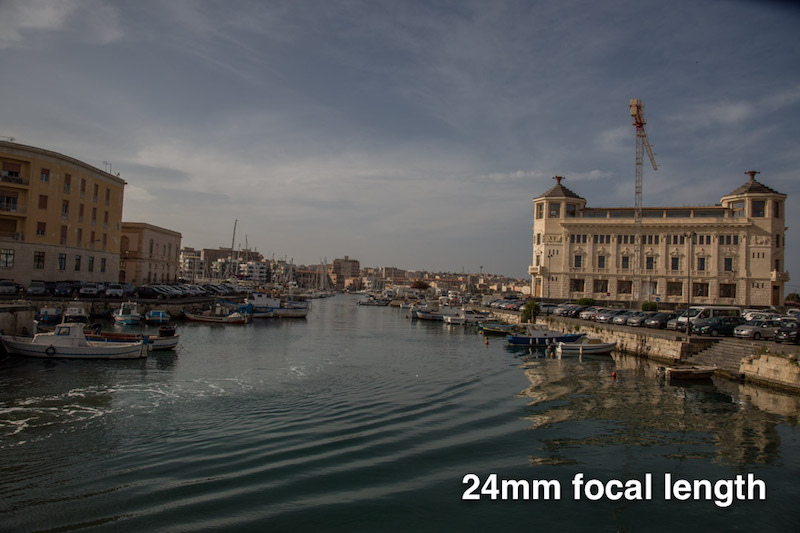
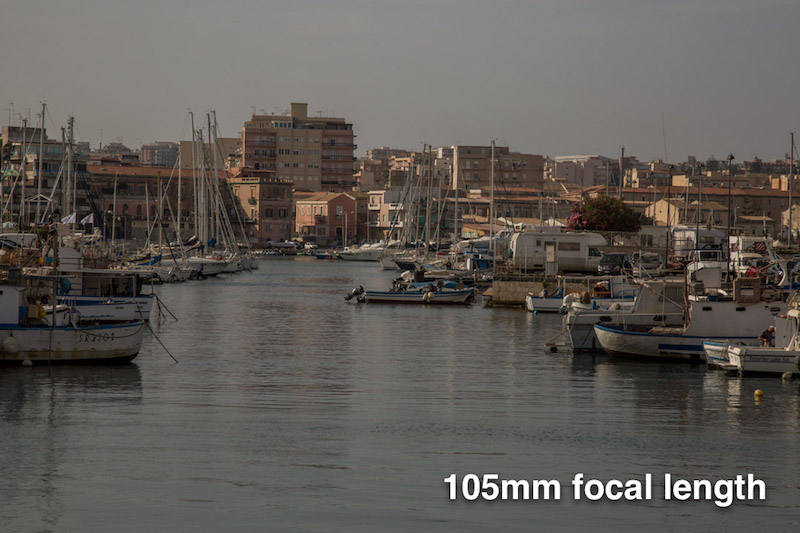
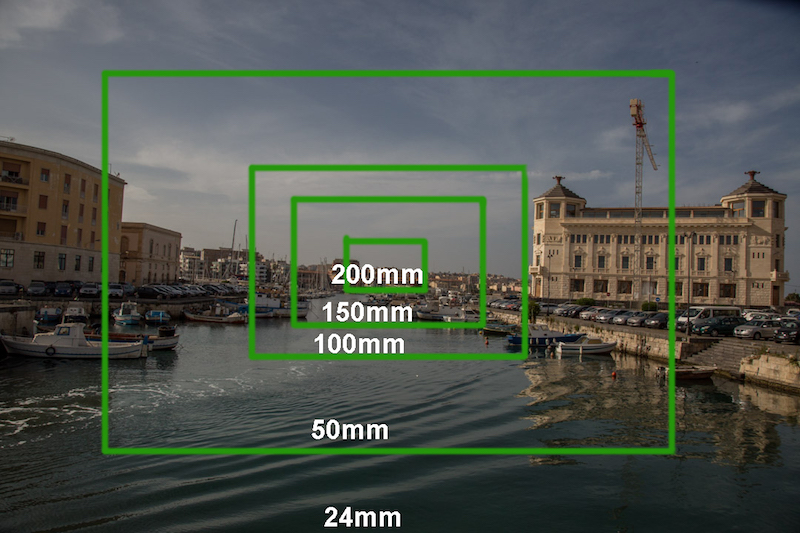
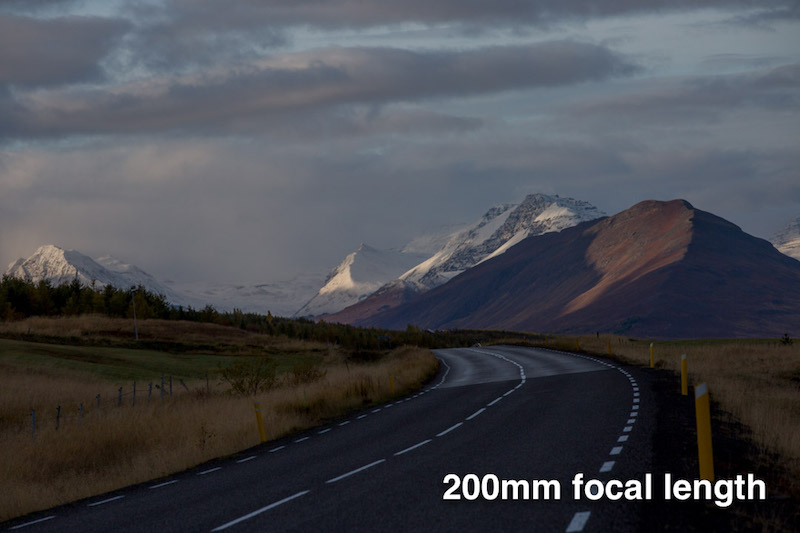
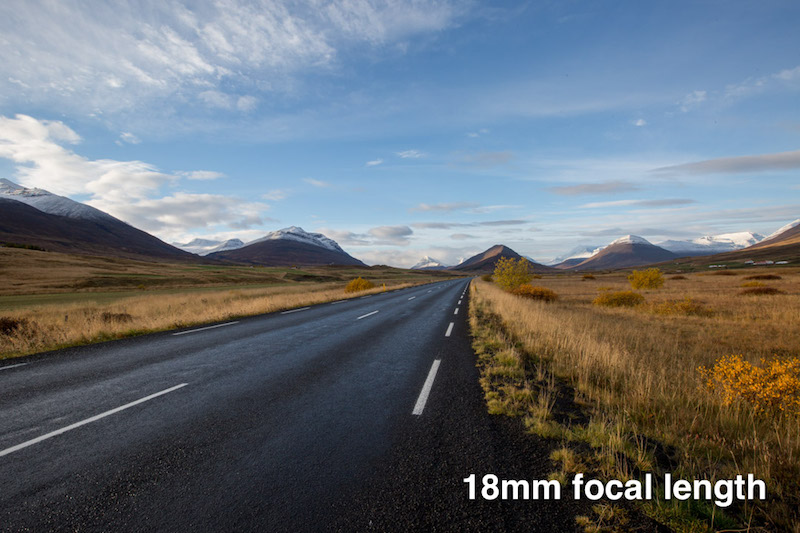


ANALOGUE IMAGE STABILIZATION AKA TRIPOD
Use a tripod
How to avoid camera shake when you can’t use a tripod
- Ideal is to shoot at a shutter speed that is double the focal length of your long lens
- bare minimum is to match shutter speed to focal length
- 100mm focal length shoot at 1/200th sec
- 200mm focal length shoot at 1/400th sec
Zoom go with the longest measurement eg 70-200
Shoot at 1/400th sec
Image Stabilization
Is clever technology built into the camera to move camera lens or make micro adjustments to compensate for camera movement or camera shake
A lens with IS inbuilt means you can hand hold at slower shutter speeds than one without.
Different camera manufactures have different names for Image Stabilization
Canon – Image Stabilization (IS)
Nikon – Vibration Reduction (VR)
Tamron – Vibration Control (VC)
Sigma – Optical Stabilization (OS)
Fuji Panasonic and Samsung – Optical Image Stabilization (OIS)
Turn Off Lens IS or Image Stabilization / VR Vibration Reduction when shooting off a tripod
Use the right IS mode
Mode 1 is usually for general photography.
Mode 2 is for panning or following a moving subject
The Sweet spot
Avoid shooting at the extremes of the lens ( wide open or stopped down) or full zoom
Practice
Practice using zoom in a park and try photographing birds in flight or dogs running or your kids
Start slightly wider to get a feel for where the action is then zoom in closer
Teleconverters
A teleconverter (or tele extender) is a lens that is mounted between camera and lens to extend the reach of your lens
When your telephoto lens isn’t quite long enough, the Extender EF 2X III Teleconverter from Yongnuo can help you double its reach. Designed to work with select Canon EF mount lenses, this teleconverter provides a 2x magnification factor that effectively doubles the focal length of your lenses. This takes a 400mm f/2.8 and transforms it into an 800mm f/5.6. Featuring electronic communication from the lens to the camera, this teleconverter allows for all standard functions of the lens to work as normal, including autofocus and image stabilization.
https://www.bhphotovideo.com/c/product/1302114-REG/yongnuo_yn_2_0x_iii_teleconverter.html
– not as sharp
– slower AF
– Lose 2 stops F2.8 become f 5.6
Recommendations
Prime (fixed focal length) will be cheaper than zoom
Look for Image stabilization
The faster the lens the more expensive and heavier it will be
Get as fast a lens as you can afford
Consider 2nd hand
Try teleconverter
Cheaper lenses not as sharp
Hire long lens for special shoots


